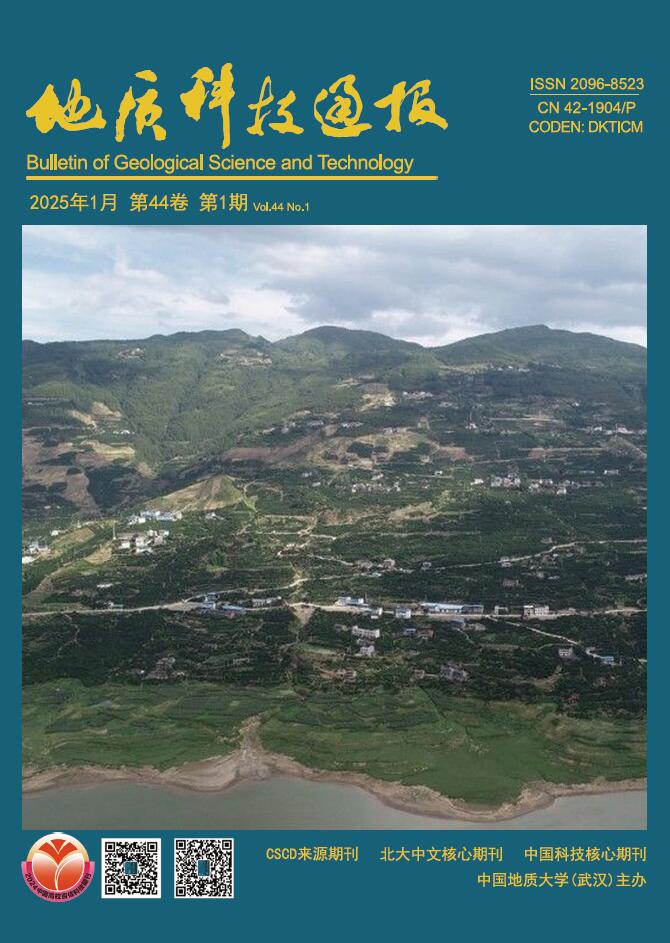Rainfall infiltration and artificial excavation are important factors inducing the loess landslides. To study the deformation process of loess landslides in the Guanzhong area and its influence on stability under the two inducements, the Laomiao landslide in Yangchang Village, Changwu County, Shaanxi Province is taken as the research object.Through field investigation, geological mapping and borehole exploration, the deformation characteristics of the landslide are determined, and the deformation evolution process of the landslide is qualitatively analyzed. Based on the measured daily rainfall within 15 days before the landslide deformation, the process of landslide formation under continuous rainfall after excavation actions at the slope foot was simulated by using finite element software. Based on the strength reduction method, the stability variation law of the landslide is studied. The results show that: ① the special formation structure in the Guanzhong area is the internal cause of landslide deformation, and rainfall is the most important inducing factor; ②the deformation evolution process of the landslide: at first the slope was in a state of creep. After the excavation actions, the anterior edge of the slope became unstable, and then the trailing edge of the slope was drawn downward, resulting in tension cracks. Under the influence of rainfall, rainfall infiltrated along the fissures of the slope, while the shear strength of the rock and soil mass in the central part was reduced, resulting in the sliding interface between the soil layer and red clay layer. Ultimately a deep landslide was induced. ③ After the landslide excavation, the stability coefficient decreased by 0.102, as compared with the initial state. Then, influenced by continuous rainfall, the stability coefficient decreased slowly at an average rate of 0.010/d in the first 10 d, and rapidly decreased to the lowest rate of 0.034/d in 10-13 d, and began to rise after 13 d. The research results are expected to provide effective basis for the prevention and control of such landslides.







